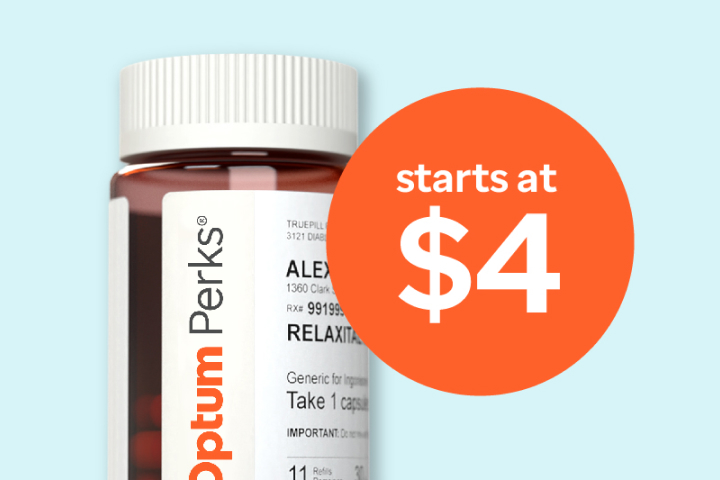A yeast infection, also known as candidiasis, is common. It can cause intense itching, redness, and vaginal discharge. Symptoms can be very uncomfortable and affect your day-to-day life.
Several factors may cause a yeast infection to develop. These include consuming an excess amount of sugar, taking antibiotics, hormonal changes, or having an impaired immune system.
If you often experience yeast infections, learning about the possible causes may help prevent a reoccurrence.
The following reasons may cause yeast infections to develop.
Consuming too much sugar

An often overlooked cause of yeast infections is consuming excess sugar.
“When you eat too much sugar, your body tries to get rid of the excess in your urine,” said Maureen Whelihan, MD, a gynecologist in Palm Beach County, Florida, and a spokesperson for the American College of Obstetricians and Gynecologists.
“When that sugar-filled urine passes through you, it creates an environment where yeast has plenty to feed on,” she explained. This can result in an imbalance between the bacteria and yeast in your vagina, which can lead to a yeast infection.
Taking antibiotics
A common cause of yeast infections is antibiotics. Around one-quarter to one-third of people are prone to yeast infections during or after taking antibiotics.
This is because antibiotics can kill the “good” or “healthy” bacteria in the vagina, leading to an overgrowth of yeast.
Unmanaged diabetes
Diabetes can cause a rise in blood sugar levels, which can create the perfect environment for yeast to grow. Research from 2021 found that having high blood sugar can increase your risk of developing a yeast infection.
“If you have diabetes, you know it’s important to manage your blood glucose levels. This is especially true if you want to keep yeast infections at bay,” says Mary Jane Minkin, MD, clinical professor of obstetrics, gynecology, and reproductive sciences at Yale School of Medicine in New Haven, Connecticut.
If you have diabetes and regularly experience yeast infections, consider speaking with a healthcare professional. They can recommend treatment options that can help.
Hormonal changes
Hormones, such as estrogen, can increase during your menstrual cycle. As estrogen can control glucose levels, this can cause yeast to grow.
“This is why pregnancy tends to cause yeast infections,” explained Dr. Minkin. “When you’re in a ‘hyper-estrogenic’ state, you are more likely to have higher blood sugar levels, and sugar is what makes yeast happiest.”
Taking oral birth control or undergoing hormone replacement therapy can also cause similar vaginal yeast issues.
Some people believe that using scented period products or wearing panty liners every day can lead to yeast infections. “But there’s not a lot of evidence to back this up,” said Dr. Whelihan.
“Instead, the irritation that can result is more likely a case of contact dermatitis, which is generally less itchy and red than yeast,” she said. However, as these products can be irritating even when you’re not experiencing a yeast infection, it’s best to stick with fragrance-free options.
Impaired immune system
An impaired or weakened immune system can increase your risk of developing a yeast infection. “That’s because when your defenses are down, you’re less able to naturally fight off an overgrowth of yeast,” notedDr. Minkin.
If you’re experiencing three or four yeast infections a year and your blood sugar is within a healthy range, there’s a good chance a doctor will check for an immune deficiency, said Dr. Minkin.
This is also why medications that compromise your immune system, such as steroids and chemotherapy, can make you more prone to yeast infections.
Treatment options for yeast infections
A yeast infection typically clears up in around 3 days but may last longer if the infection is more severe.
If you’re experiencing a yeast infection, several medication options can help alleviate your symptoms, including:
- miconazole (Monistat)
- fluconazole (Diflucan)
- clotrimazole (Lotrimin)
- terconazole (Terazol)
If you need help covering the cost of medications, the free Optum Perks Discount Card could help you save up to 80% on prescription drugs. Follow the links on drug names for savings on that medication, or search for a specific drug here.
